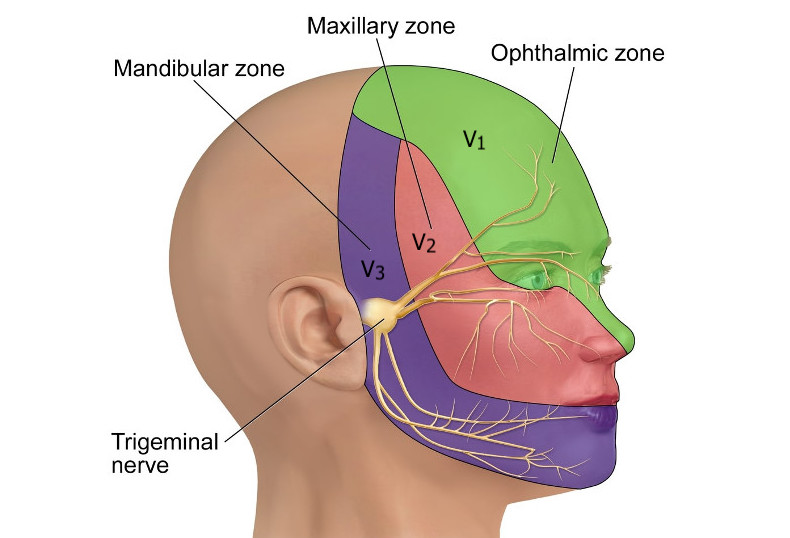The Sturge-Weber syndrome (SWS) is a rare condition, also known as encephalo-trigeminal angiomatosis, characterized by some or all of the following symptoms:
- a face birthmark called port wine stain varying in size, diameter, distribution, and depth from one individual to another and even within the same person in different affected areas
- eye abnormalities (such as glaucoma seen in up to 70% of cases)
- brain abnormalities also called leptomeningeal angiomas (85% of cases are on one side of the brain and 15% of cases are seen on both sides of the brain)
Types of SWS
Some publications break down SWS into three main subtypes:
- Type 1: the most common, it consists of skin and neurological symptoms (such as seizures or mental/physical impairments). These individuals may or may not have glaucoma
- Type 2: it consists of skin symptoms and possibly glaucoma, but there is no evidence of neurological involvement
- Type 3: it consists of neurological involvement, but without skin abnormalities. Glaucoma is usually not present. Type 3 is identified through brain scans and may also be known as the isolated neurological variant
The birthmarks associated with Sturge-Weber syndrome are found mainly on the face and they are often the most notable initial symptom. The stains follow the trigeminal nerve, which splits into three divisions:
- ophthalmic area (upper eyelid and forehead), also referred to as V1
- maxillary area (cheek and lower eyelid), also referred to as V2
- mandibular area (lower cheek, lower lip and chin), also referred to as V3
 It is thought that when the ophthalmic area is involved the infant is at a greater risk of having Sturge-Weber syndrome.
It is thought that when the ophthalmic area is involved the infant is at a greater risk of having Sturge-Weber syndrome.
Triggering cause
SWS arises as a result of an error in the development of the embryo. The error is the result of a mutation in the GNAQ gene that occurs randomly for no apparent reason. Genes provide instructions for creating proteins that play a critical role in many functions of the body. When a mutation of a gene occurs, the protein product may be faulty, inefficient, or absent. Depending upon the functions of the particular protein, this can affect many organ systems of the body. The GNAQ gene creates a protein known as Gaq that plays an important role in cell function, including the regulation of blood vessels.
The specific underlying manner in which Gaq function is disrupted in individuals with SWS is not fully understood. More research is necessary to determine the exact underlying mechanisms that cause the varied symptoms of SWS. However, the identification of the GNAQ gene mutation will allow researchers to focus on a specific direction to better understand how SWS develops and to explore novel methods in how to treat the disorder. For example, new therapies such as drugs that specifically target the proteins and pathways associated with the GNAQ gene will be explored (targeted therapies).
How to treat
The treatment of SWS is directed toward the specific symptoms that are apparent in each individual. Treatment may require the timely and coordinated efforts of a team of specialists. Pediatricians, neurologists, neurosurgeons, dermatologists, ophthalmologists, and other healthcare professionals may need to systematically and comprehensively plan an affected child’s treatment.